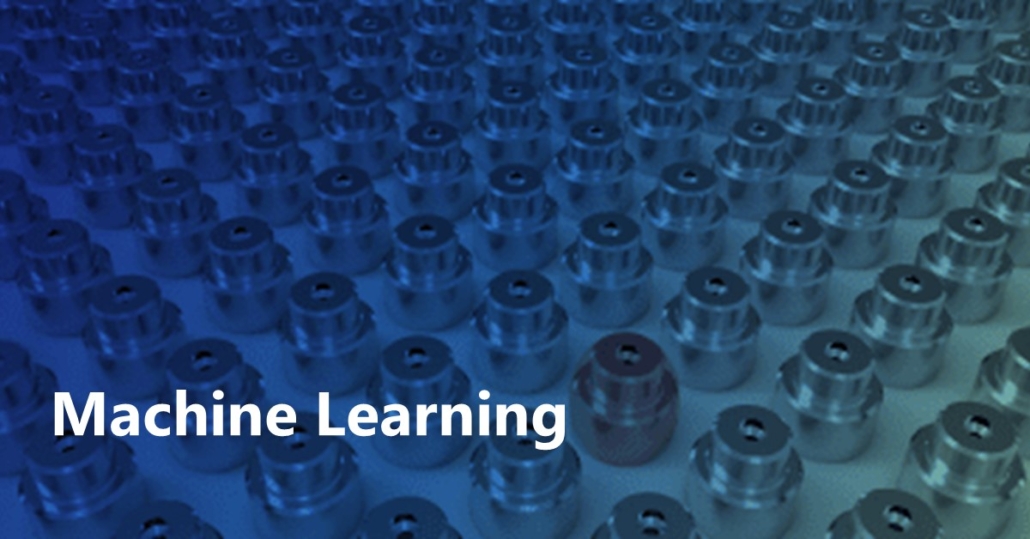Identifying Combinatorial Regulatory Genes for Cell Fate Decision via Reparameterizable Subset Explanations
Cell fate decisions are highly coordinated processes governed bycomplex interactions among numerous regulatory genes, whiledisruptions in these mechanisms can lead to developmental abnormalitiesand disease. Traditional methods often fail to capture suchcombinatorial interactions, limiting their ability to fully model cellfate dynamics. Here, we introduce MetaVelo, a global feature explanationframework for identifying key regulatory gene sets influencingcell fate transitions. MetaVelo models these transitions as ablack-box function and employs a differentiable neural ordinary differentialequation (ODE) surrogate to enable efficient optimization.By reparameterizing the problem as a controllable data generationprocess, MetaVelo overcomes the challenges posed by the nondifferentiablenature of cell fate dynamics. Benchmarking acrossdiverse stand-alone and longitudinal single-cell RNA-seq datasetsand three black-box cell fate models demonstrates its superiorityover 12 baseline methods in predicting developmental trajectoriesand identifying combinatorial regulatory gene sets. MetaVelo furtherdistinguishes independent from synergistic regulatory genes,offering novel insights into the gene interactions governing cellfate. With the growing availability of high-resolution single-celldata, MetaVelo provides a scalable and effective framework fo

 Read the latest publications from our world-class team of researchers from our
Read the latest publications from our world-class team of researchers from our 